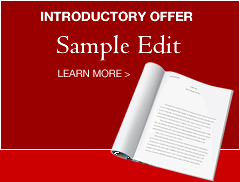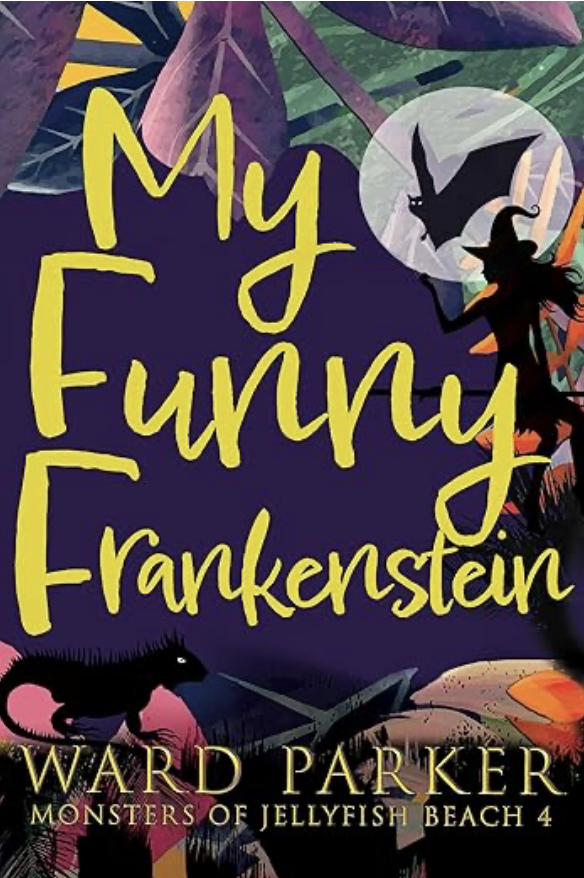
Finding the Right Editor for You
Whether you are just starting out as an author or your favorite editor has decided to retire or take time off for family, etc., finding an editor you click with takes time. You might get a referral from a fellow author, or see who edited one of your favorite indie author’s books, or you might look on Kindle Boards (kboards.com). However you start the search, remember the key is to focus on three main goals, and their order of importance can only be determined by you.
Schedule/timing
The Sample Edit
Communication
Budget
Gut feel
The first question is simple. You have a need and you might have a deadline. So first, does this editor have time in his/her schedule for you?
If timing works and if the editor’s general pricing structure seems reasonable, you move forward with a Sample Edit. Some editors charge for this, some don’t.
The Sample Edit is, to me, the most telling, the most vital piece of information you can get when it comes to making a decision. What sorts of corrections did she make? Were her comments helpful? Were they presented in a comfortable fashion? Tone is an indicator of communication style. Was she clear in her comments? Was she too direct or too vague? Did she offer suggestions related to her comments? Maybe she rewrote a line or offered an alternative word choice. Did they feel right to you? In the end, did she offer value with her edits/comments?
Your budget is clearly a driving factor in your selection. But just because the estimate you receive may be higher than you anticipated, it doesn’t mean it’s unfair or unreasonable. Ask for a full scope of services so you understand what you are getting. Seeing the depth of the edit in the sample will help you understand what’s involved in the process.
With all of the above taken into consideration, in the end, it’s about your gut feel for this person. When I return my Sample Edit to a prospective client, I really want my work to exceed expectations and for my estimate to be clear and acceptable. When I get the go-ahead, I’m elated. If I ever end up hearing someone can’t move forward with me, I hope that person can give me some clear feedback about why. Thankfully, I’ve not encountered that yet.
The Value of Beta Readers
There are “beta readers” and there are “friends and family” readers. And there is a distinction to be noted. Some of my clients have a pool of beta readers, typically fellow authors, who tend to have reciprocal relationships. These are professional people who will beta read manuscripts once they are all but complete, offering plot and character comments, and even initial editing feedback. The insights they offer can help identify plot holes, pacing issues, maybe characters that need further development. In short, they can help polish your story.
Beta readers are different from the “friends and family” category. Be forewarned that when you turn to friends and family to beta read as a favor, it’s doubtful you will get substantive feedback. They want to encourage you, which sometimes means they will be more focused on the story than the details of grammar, word choice, punctuation, etc., and they will give you kudos when what you really need is unvarnished feedback.
Before Your Editor Sees It
The manuscript you provide a prospective editor for doing a sample must be in an “all-but-ready-to-publish” condition. That means you’ve incorporated the feedback from your beta readers, you have run the basics of spell check and grammar check, and you’ve made it as good as it can be. You don’t want to pay an editor to fix the minutia that you’d simply not addressed before sending it. The misspellings, the punctuation, and general grammar corrections that Word can suggest (though not always correctly!) should all be cleaned up to the best of your ability before you send it.
How to Work with an Editor… me.
Track Changes. Though all editors have different methods, when it comes to working with authors of books, we all typically use the Track Changes tool in Word for the editing process. Some of the other programs have similar tools, but Word’s seems to be more universally used. So that means you need to know how to work with it too.
Some of my clients write in Scrivener then export their manuscripts to Word. That can create a few hiccups in the file, and it’s good to know what to watch out for to try to clean them up before the file goes to the editor.
Send a “clean document.”
Some basics include:
• No tabs. Set styles for your paragraphs. Do not tab over at the start of each new paragraph.
• Do not double space between sentences. Only one space after a period.
• Know the basic rules of punctuation, especially with dialogue.
Communicate.
• If you’ve set a date to send your file to your editor, be sure to meet that date or to communicate about any unanticipated delays. Your editor has a calendar to manage. As your editor, I need to meet your deadlines, but to do so, you need to stay on schedule, too.
• During the editing process, give feedback to your editor regarding her work and your expectations. It will help fine tune your working relationship and serve you both well as you move forward.


